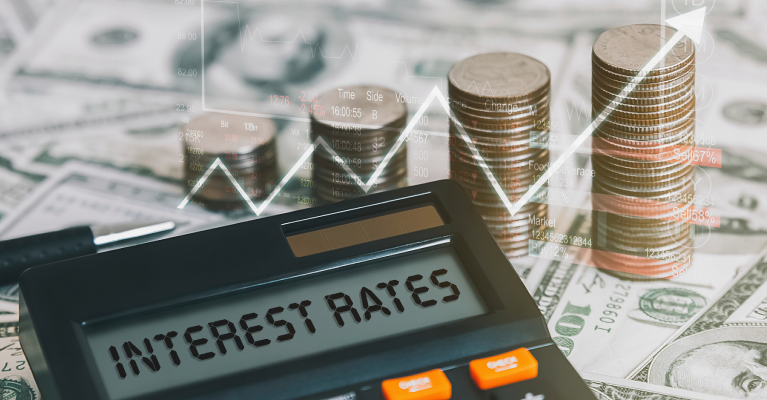The past few years have presented challenging – and rapidly evolving – financial situations for many consumers.
The economic climate has resulted in many regional consumers making changes to their spending behaviors to combat increased prices and rates, according to a recent WSFS Bank Money Trends study. The survey found that 38% in the Greater Philadelphia and Delaware region are spending more money now compared to last year, while only 21% in the region are saving more.
Here are tips to adjust your spending patterns to grow your savings.
Start with the Simple Stuff
Changing your spending habits can be difficult, but there are small things you can do that add up in a big way over time. Thirty-seven percent of regional consumers are slashing non-essential expenditures due to rising interest rates, according to the WSFS study.
While you won’t be able to afford a down payment on a house simply by skipping your morning coffee run, if you’re spending $5 per day, that is $1,825 you could save over the course of a year.
Cancelling unused subscription and streaming services, bringing your lunch to work and taking advantage of commuter benefits offered by your employer like transit accounts to cover your trips to the office are a few other adjustments you can make.
Making lists before shopping can also help you stay on task and on budget, which is especially important with the holidays right around the corner. And if you have a large purchase in mind, take a few days to sleep on it, then decide if you really need that item or just want it.
Stacking these small adjustments can start to add up to a more substantial amount over time, particularly if you take advantage of rising interest rates for your savings by utilizing certificates of deposit (CDs), money markets and high-yield money markets, which tend to offer higher interest rates than standard savings accounts.
Monitor Credit Usage Closely
With interest rates continuing to rise, it is important to monitor how you use credit cards and products like buy-now-pay-later carefully to avoid overextending yourself.
Two-fifths of respondents (38%) are using their debit cards more than last year, according to the WSFS study. In contrast, while 30% of respondents increased their credit card usage, an almost equal 26% reduced it. Among those using credit cards less, 37% are focused on repaying existing debt, while others are wary of high credit card interest rates (33%) or are better able to stay on budget by using credit cards less (31%).
It’s important to try to pay your balances on time and in full wherever possible to avoid accruing interest or late fees. If you have multiple loans or credit cards you need to pay off, focusing on paying off the account with the highest interest rate first can help make a dent in the principal and minimize the accruing interest.
Revisit Your Financial Roadmap
The economic environment of the past few years has caused a host of big changes to consumers’ lives, so it is important to revisit your financial roadmap and adjust as needed. You may even find now is the time to start with a fresh plan because of all the economic changes.
Ensure you’re taking a close look at your budget monthly. Taking a close look at your online and mobile banking can be a great way to quickly analyze your spending habits and adjust. Separating your accounts for daily purchases from your savings account and setting up auto-deposits for a portion of your paycheck to be put into your savings can also help you save more over time.
Wherever you find yourself in your financial journey, consider speaking with your local banker. They will be able to help you build your roadmap and recommend products and services that can help you achieve your goals.

Helping you boost your financial intelligence.
Read our financial resources from your friends at WSFS.




